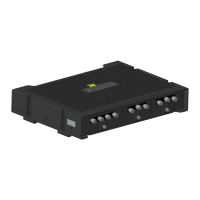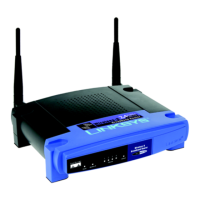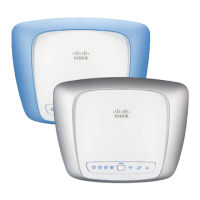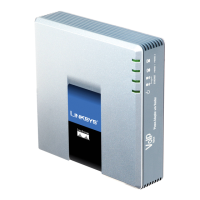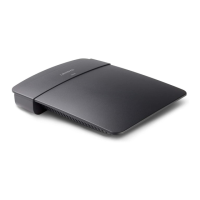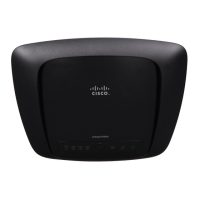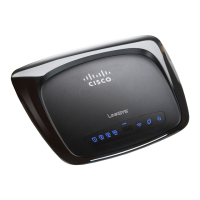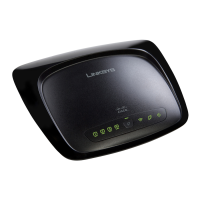40-8
Catalyst 3750 Switch Software Configuration Guide
OL-8550-02
Chapter 40 Configuring IP Multicast Routing
Multicast Routing and Switch Stacks
DVMRP neighbors build a route table by periodically exchanging source network routing information
in route-report messages. The routing information stored in the DVMRP routing table is separate from
the unicast routing table and is used to build a source distribution tree and to perform multicast forward
using RPF.
DVMRP is a dense-mode protocol and builds a parent-child database using a constrained multicast
model to build a forwarding tree rooted at the source of the multicast packets. Multicast packets are
initially flooded down this source tree. If redundant paths are on the source tree, packets are not
forwarded along those paths. Forwarding occurs until prune messages are received on those parent-child
links, which further constrain the broadcast of multicast packets.
Understanding CGMP
This software release provides CGMP-server support on your switch; no client-side functionality is
provided. The switch serves as a CGMP server for devices that do not support IGMP snooping but have
CGMP-client functionality.
CGMP is a protocol used on Cisco routers and multilayer switches connected to Layer 2 Catalyst
switches to perform tasks similar to those performed by IGMP. CGMP permits Layer 2 group
membership information to be communicated from the CGMP server to the switch. The switch can then
can learn on which interfaces multicast members reside instead of flooding multicast traffic to all switch
interfaces. (IGMP snooping is another method to constrain the flooding of multicast packets. For more
information, see Chapter 24, “Configuring IGMP Snooping and MVR.”)
CGMP is necessary because the Layer 2 switch cannot distinguish between IP multicast data packets and
IGMP report messages, which are both at the MAC-level and are addressed to the same group address.
Multicast Routing and Switch Stacks
For all multicast routing protocols, the entire stack appears as a single router to the network and operates
as a single multicast router.
In a Catalyst 3750 switch stack, the routing master (stack master) performs these functions:
• It is responsible for completing the IP multicast routing functions of the stack. It fully initializes and
runs the IP multicast routing protocols.
• It builds and maintains the multicast routing table for the entire stack.
• It is responsible for distributing the multicast routing table to all stack members.
The stack members perform these functions:
• They act as multicast routing standby devices and are ready to take over if there is a stack master
failure.
If the stack master fails, all stack members delete their multicast routing tables. The newly elected
stack master starts building the routing tables and distributes them to the stack members.
Note If a stack master running the IP services image fails and if the newly elected stack master is
running the IP base image (formerly known as the standard multilayer image [SMI]), the
switch stack will lose its multicast routing capability.
For information about the stack master election process, see Chapter 5, “Managing Switch Stacks.”
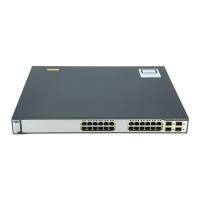
